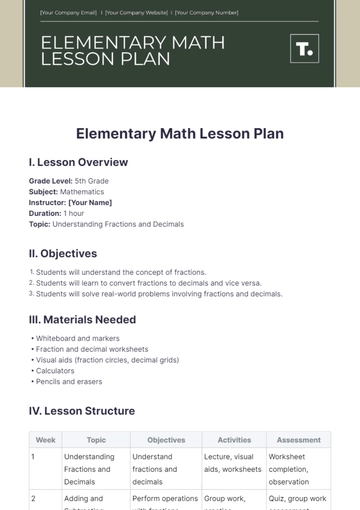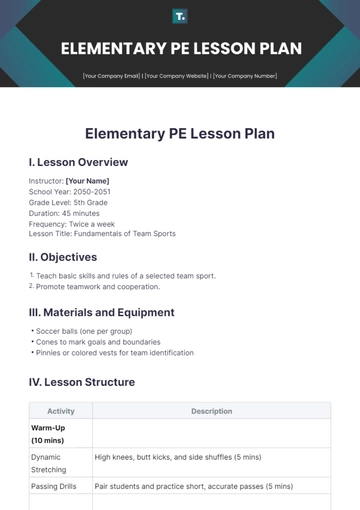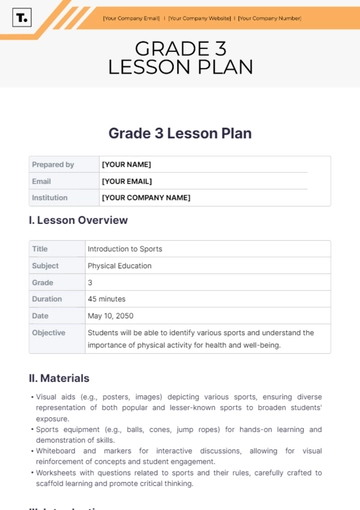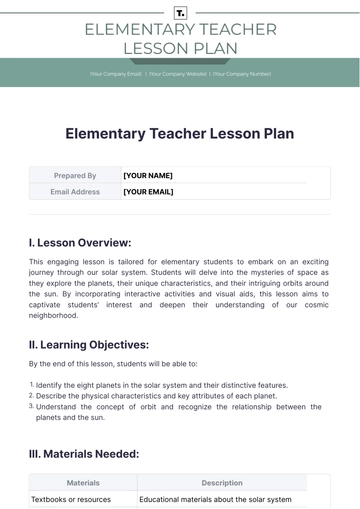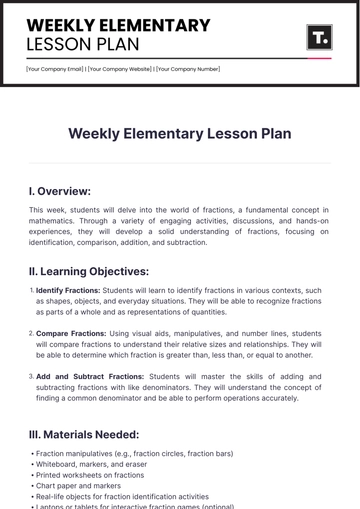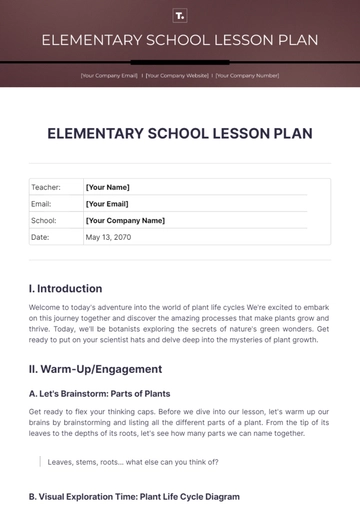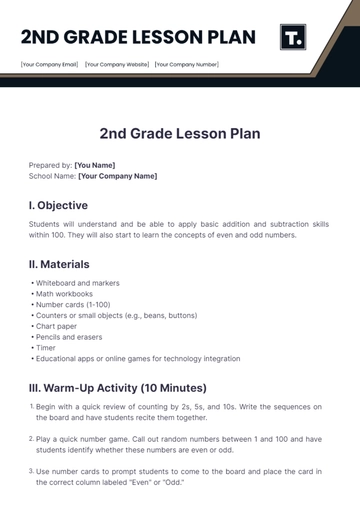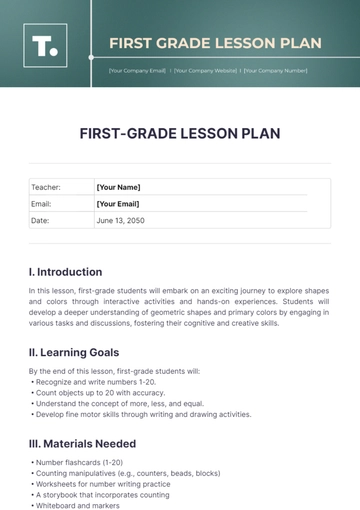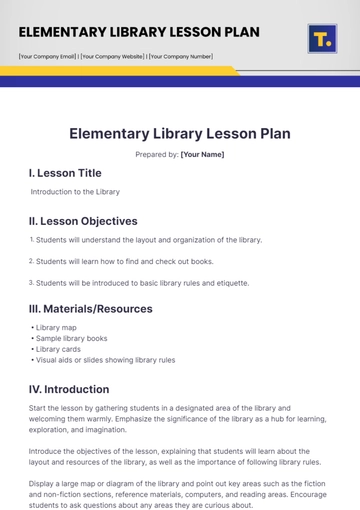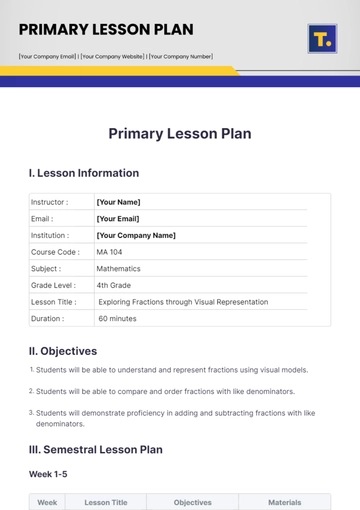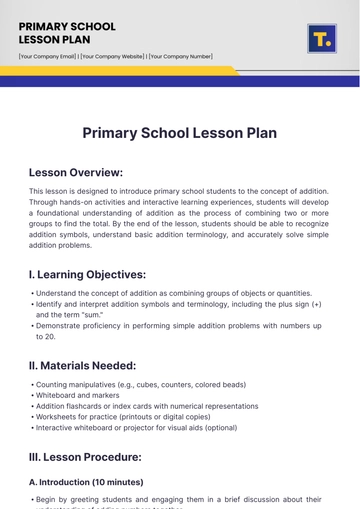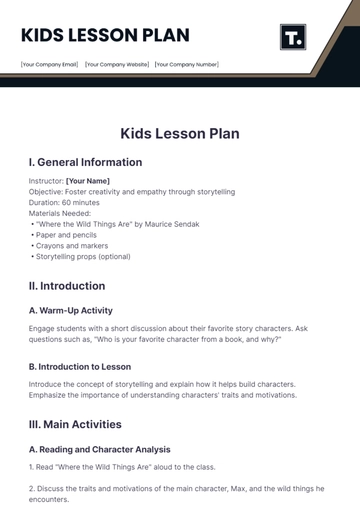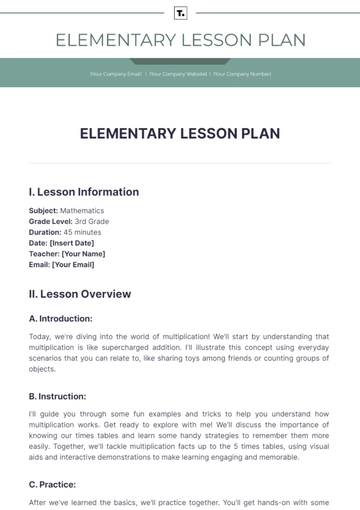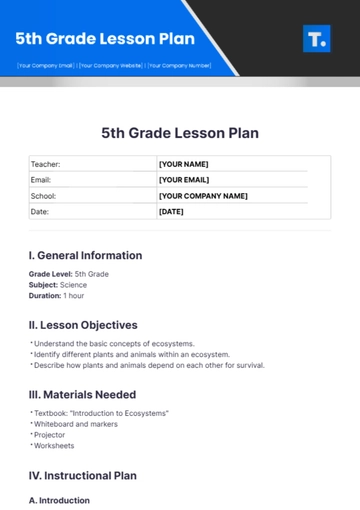Free Primary School Lesson Plan
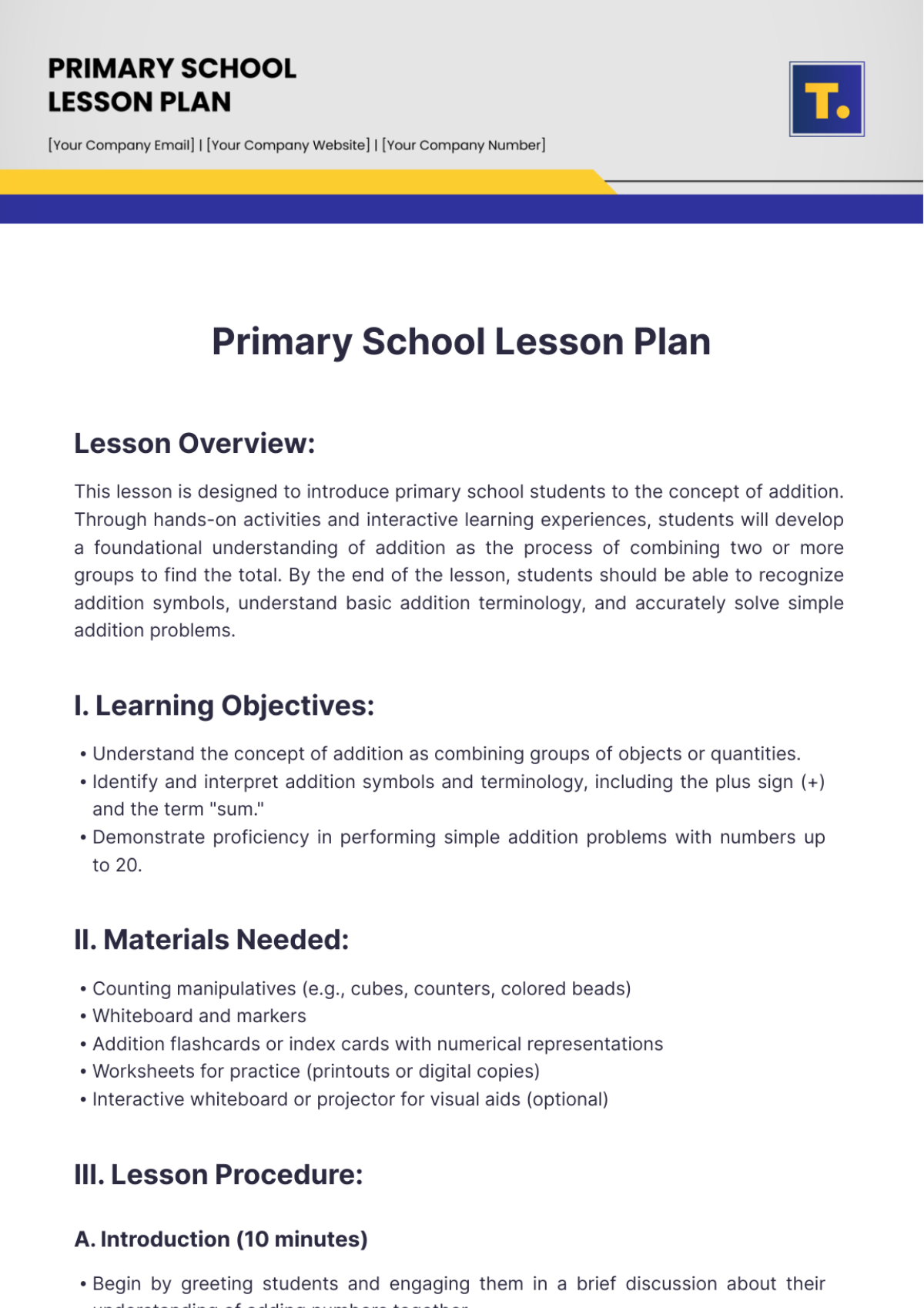
Lesson Overview:
This lesson is designed to introduce primary school students to the concept of addition. Through hands-on activities and interactive learning experiences, students will develop a foundational understanding of addition as the process of combining two or more groups to find the total. By the end of the lesson, students should be able to recognize addition symbols, understand basic addition terminology, and accurately solve simple addition problems.
I. Learning Objectives:
Understand the concept of addition as combining groups of objects or quantities.
Identify and interpret addition symbols and terminology, including the plus sign (+) and the term "sum."
Demonstrate proficiency in performing simple addition problems with numbers up to 20.
II. Materials Needed:
Counting manipulatives (e.g., cubes, counters, colored beads)
Whiteboard and markers
Addition flashcards or index cards with numerical representations
Worksheets for practice (printouts or digital copies)
Interactive whiteboard or projector for visual aids (optional)
III. Lesson Procedure:
A. Introduction (10 minutes)
Begin by greeting students and engaging them in a brief discussion about their understanding of adding numbers together.
Introduce the concept of addition using concrete examples, such as combining groups of objects or counting items on a visual aid.
B. Instruction (15 minutes)
Present and explain the symbols and terminology associated with addition, including the plus sign (+) and the term "sum."
Model how to perform simple addition problems using manipulatives and a whiteboard, emphasizing the concept of combining groups.
C. Guided Practice (20 minutes)
Provide students with addition flashcards or numerical representations and guide them through solving problems together as a class.
Circulate the classroom to provide assistance and support as needed, offering encouragement and feedback to students.
D. Independent Practice (15 minutes)
Distribute worksheets for students to complete independently or in pairs, incorporating a variety of addition problems with increasing levels of difficulty.
Encourage students to use manipulatives or drawings to help them visualize and solve the problems effectively.
E. Closure (10 minutes)
Review key concepts covered in the lesson, including addition symbols, terminology, and problem-solving strategies.
Provide opportunities for students to share their thoughts, ask questions, and reflect on their learning experiences with addition.
IV. Assessment:
Informal assessment will be conducted throughout the lesson through observation, questioning, and student participation.
Formal assessment will be based on students' completion of the independent practice worksheets and their ability to accurately solve addition problems.
V. Extension Activities:
Challenge advanced students with more complex addition problems or multi-step word problems involving addition and subtraction.
Integrate technology by using educational apps or online games to reinforce addition skills and provide additional practice opportunities.
VI. Reflection:
Reflect on the effectiveness of the lesson and make any necessary adjustments for future instruction, considering students' engagement, understanding, and areas for improvement.
Consider gathering feedback from students to inform future lessons and tailor instruction to their individual needs and learning styles.
For more resources and support, please contact [YOUR COMPANY NAME] at [YOUR COMPANY EMAIL] or visit our website at [YOUR COMPANY WEBSITE]. Follow us on social media at [YOUR COMPANY SOCIAL MEDIA] for updates, teaching tips, and additional educational resources.
- 100% Customizable, free editor
- Access 1 Million+ Templates, photo’s & graphics
- Download or share as a template
- Click and replace photos, graphics, text, backgrounds
- Resize, crop, AI write & more
- Access advanced editor
Enhance your teaching experience with the Primary School Lesson Plan Template from Template.net. This customizable and editable template, crafted for primary educators, simplifies lesson planning. Utilize the AI Editor Tool for seamless personalization, ensuring your lesson plans are engaging and effective. Save time and boost productivity with Template.net's top-quality lesson plan templates.
